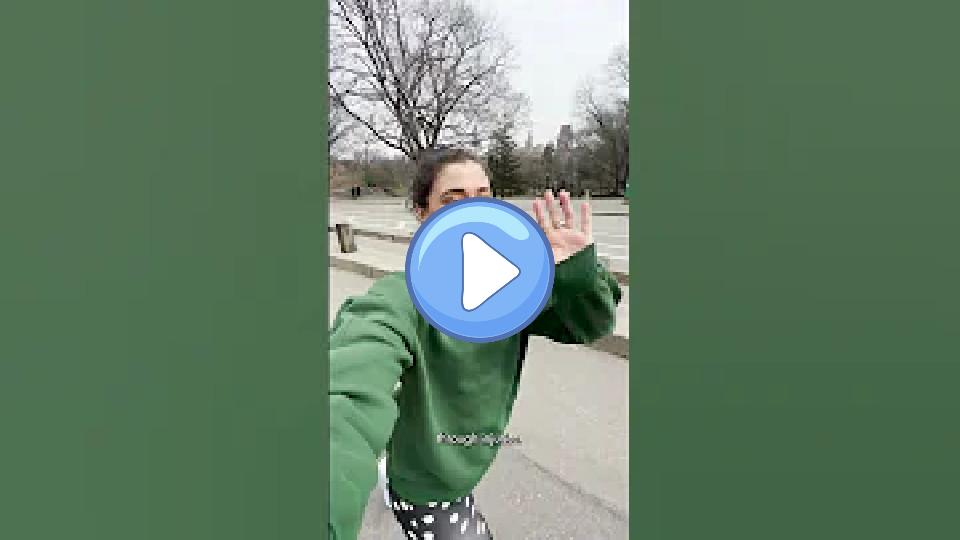Astrid Uhrenholdt Jacobsen's Sports Injuries
Type of Sport: Skiing
Astrid Uhrenholdt Jacobsen's Sports Injuries Table
| Type | Area | Date | Consequences | Content | How It Happened | Recovery Duration | Rehabilitation Details | Impact On Career | Psychological Impact | Previous Injuries | Return To Competition | Severity | Treatment | Medical Staff | Long Term Impact | Preventive Measures | Competition Missed | Initial Symptoms | Re Injury Risk | Support System | Rehabilitation Location |
|---|---|---|---|---|---|---|---|---|---|---|---|---|---|---|---|---|---|---|---|---|---|
| Concussions | Head | 2014-01-24 | Suffered a concussion, resulting in temporary withdrawal from competitions. | In January 2014, Astrid Uhrenholdt Jacobsen sustained a concussion after a collision with another skier during training. This incident forced her to take a break from competitions to fully recover. | Jacobsen collided with another skier during a training session. | 2 months | Rest and gradual reintroduction to physical activity under medical supervision. | Missed several World Cup events in early 2014. | Increased caution and awareness during training sessions. | Previous leg fracture in 2009. | Returned to competition in March 2014. | Moderate | Rest, cognitive rest, and gradual return to activity. | Neurologists and sports medicine specialists. | Increased risk of future concussions. | Improved safety protocols during training. | Several World Cup events | Headache, dizziness, and confusion. | High, due to the nature of concussions. | Support from team members, coaches, and medical staff. | Oslo, Norway |
| Fractures | Lower leg, right | 2009-12-19 | Fractured right lower leg, leading to a long recovery period. | Jacobsen's fall in December 2009 resulted in a serious fracture of her right lower leg. This injury was a significant setback in her career, requiring extensive medical attention and rehabilitation. | Astrid Uhrenholdt Jacobsen suffered a severe fall during a training session. | 6 months | Intensive physiotherapy and gradual return to training. | Missed the 2010 Winter Olympics in Vancouver. | The injury was a major psychological blow, affecting her confidence and mental state. | None reported prior to this incident. | Returned to competition in late 2010. | Severe | Surgical intervention followed by physiotherapy. | Orthopedic surgeons and physical therapists. | Required ongoing monitoring and care to prevent re-injury. | Strengthening exercises and careful monitoring during training. | 2010 Winter Olympics | Severe pain and inability to bear weight on the right leg. | Moderate, due to the severity of the fracture. | Support from family, team, and medical staff. | Oslo, Norway |
Astrid Uhrenholdt Jacobsen's Sports Injuries Videos
Astrid Jacobsen in an interview
Astrid Jacobsen discusses her excitement for the upcoming Tour de Ski, mentioning her improved shape since the start of the season. She talks about spending Christmas at home in Oslo with her family, enjoying good skiing conditions despite the cold. Jacobsen's goal for the Tour de Ski is to finish in the top 10 and potentially secure a podium finish in some stages.
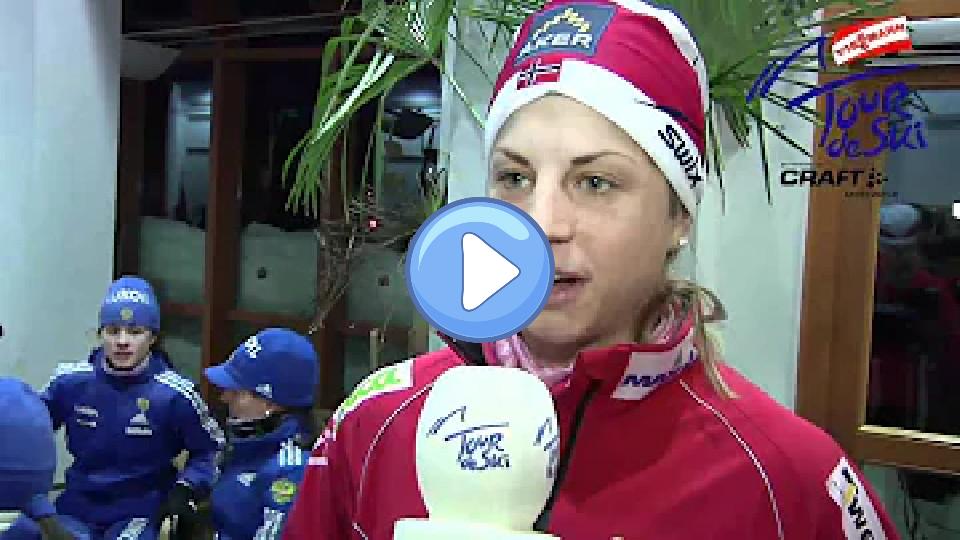
# Sports Congress 2020 - Injury and Illness
In his presentation, Bård Erlend Solstad, PhD, explores adaptive and maladaptive motivation in elite junior athletes through the lens of self-determination theory (SDT). He begins by providing an overview of the elite junior sports context and the relevance of SDT as a conceptual framework. Solstad breaks down the theory into three parts: satisfaction, frustration, and the nurturing of basic psychological needs for autonomy, competence, and relatedness.
Solstad explains how different qualities of motivation can be categorized into autonomous motivation, controlled motivation, and amotivation. He discusses how social environments impact an athlete's motivation and presents a summary of adaptive and maladaptive motivational processes. Talent identification programs, designed to find young athletes with potential, are critical avenues for achieving success but can also impose significant pressure.
Solstad highlights that the variability in factors differentiating skilled from less skilled athletes makes it difficult to validate the concept of sporting talent. The age of peak performance varies widely across sports, and understanding the development of sports expertise is crucial. He emphasizes that self-determination theory assumes people have innate tendencies to develop a unified sense of self, but social and environmental factors can either support or hinder this process.
The theory posits that people need competence, relatedness, and autonomy for healthy functioning. Satisfaction of these needs leads to healthy development, while frustration leads to psychological detriments. Solstad categorizes motivation into autonomous (intrinsic and well-internalized extrinsic motivation) and controlled motivation (driven by external pressures and contingencies). He also discusses amotivation, where individuals lack motivation and feel incompetent and helpless, often resulting in quitting the activity.
Solstad concludes that understanding these motivational processes can help create supportive environments that enhance athletes' well-being and performance, while minimizing negative outcomes associated with maladaptive motivational processes.
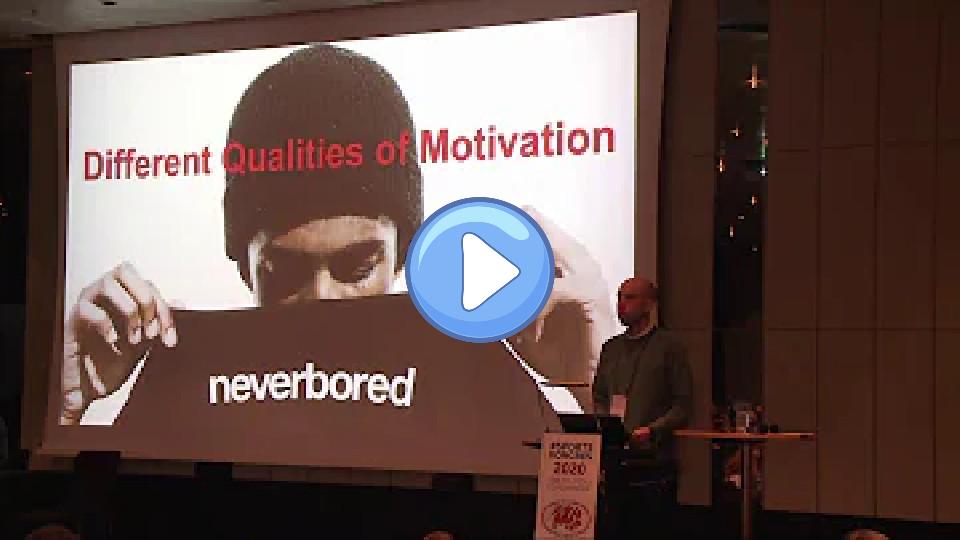
Athletic Injuries: Orthopedic Anatomy Series - Exploring Your Body from the Inside Out
The video is the fifth episode of the orthopedic anatomy series by OrthoCarolina, focusing on sports medicine. Hosts Elena Kachan and Rachel Klaus introduce the series, which aims to educate viewers on anatomy and the effects of injuries on muscles, bones, and joints. The episode features insights from various orthopedic surgeons and physical therapists discussing common sports injuries such as ACL and meniscus tears, shoulder dislocations, and muscle strains.
The episode includes a segment on Experience Anatomy, a company specializing in training using preserved human specimens. It also showcases a virtual lab tour and a detailed look at knee and shoulder anatomy.
Dr. Brian Saltzman discusses knee injuries, emphasizing the importance of MRIs for diagnosing ligament and meniscus tears. He explains that not all knee injuries require surgery, and many can be treated with non-operative measures like physical therapy and anti-inflammatory medications.
Rachel Klaus explains why women might be more prone to knee injuries due to anatomical differences like wider hips and hormonal effects on joint laxity.
The panel of experts, including Dr. Bobby Morgan, Dr. Brian Oblatt, Dr. James Starman, and physical therapist Chris Gabriel, discuss various treatment and recovery techniques. They cover the benefits of physical therapy, the importance of proper technique and warm-up to prevent injuries, and the role of treatments like PRP and amniotic membrane injections.
The episode concludes with a Q&A session where the panel answers viewer questions about topics like the benefits of kinesiology tape, the difference between sprains and strains, and the importance of rehabilitation in treating rotator cuff tears. The session emphasizes the importance of personalized treatment plans and ongoing research in orthopedics.
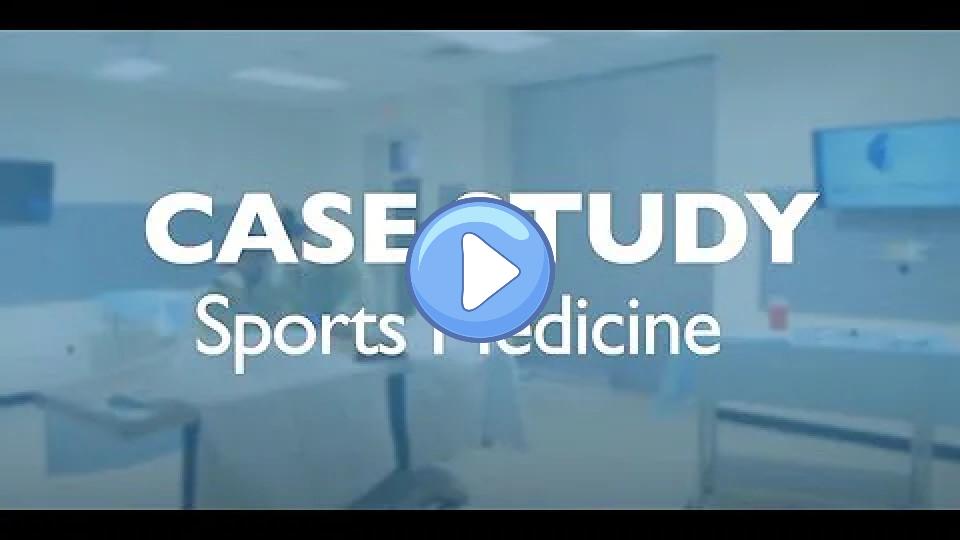
Anders Epperly continues to recover from a javelin injury.
A Big Fork senior athlete is quickly recovering after being hit in the chest by a javelin at track practice, resulting in a punctured lung. Despite the injury, he is eager to return to competition, with plans to start rehabilitation soon and possibly throw the javelin in a few weeks. He is also hopeful about participating in college basketball tryouts, and there is a possibility he might compete in the Vikings' home track meet next week.
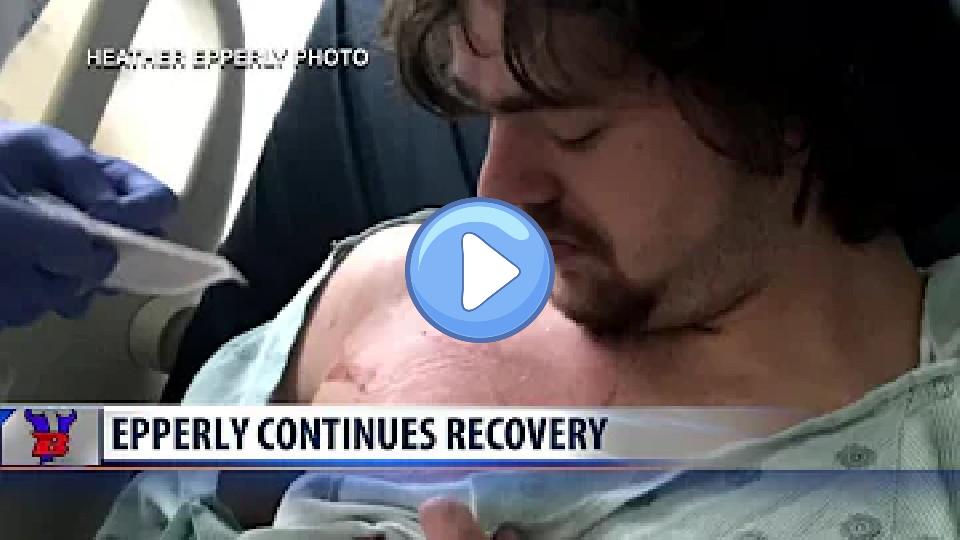
Resting After Injury - Why You Should Not Do That
Dr. Josh discusses why complete rest after an injury might not be the best approach. He emphasizes that while rest is necessary initially, prolonged inactivity can negatively impact mental health, cardiovascular fitness, and hormone levels, such as testosterone, which aid in healing. Instead of complete rest, he suggests engaging in gentle activities like walking, biking, or targeted rehabilitation exercises to maintain physical and mental well-being. The goal is to stay active within reason to accelerate recovery and reduce the long-term impact of the injury.
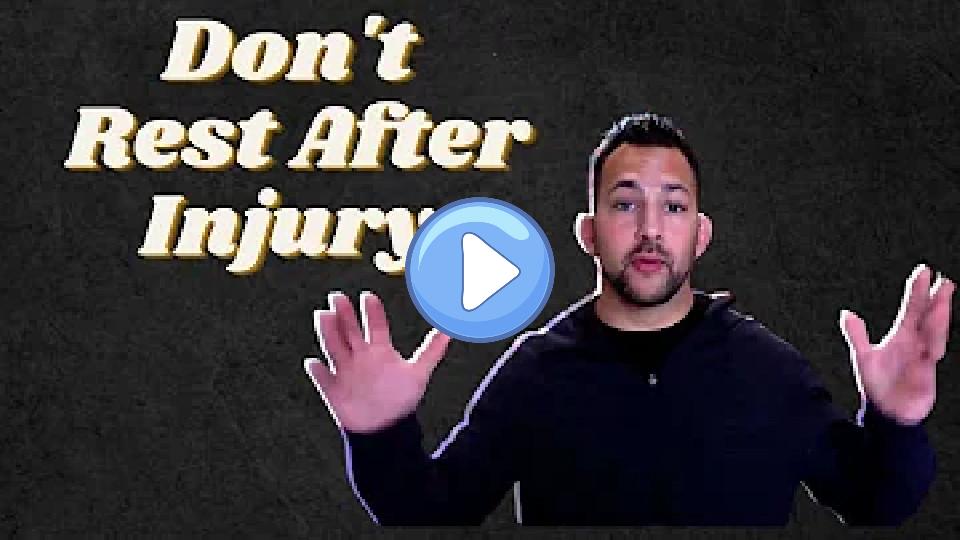
The New "No Rehab" Wrist Replacement
Approximately 800,000 people will receive knee replacements this year, over half a million will get new hips, and about 50,000 will undergo another type of joint replacement. Recent advancements have improved wrist joint treatments, as explained by hand specialist John Fernandez from Midwest Orthopedics at Rush. He is among the few surgeons performing distal radioulnar joint replacements with metal implants, effectively eliminating pain without the need for rehabilitation. Patients often experience pain relief within two weeks and can return to their normal activities without discomfort.
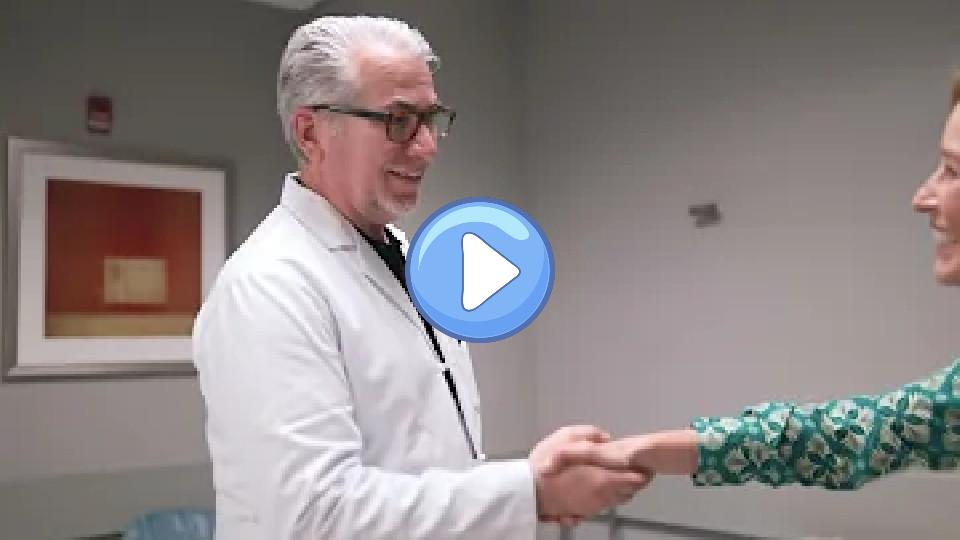
Dr. Argo - Rotator Cuff Injuries
Dr. David Argo from Beacon Orthopedics and Sports Medicine discusses shoulder injuries, focusing on the rotator cuff, which is a common issue. The rotator cuff consists of four muscles that help rotate the shoulder. Injuries often occur due to wear and tear, leading to pain during arm movement, difficulty sleeping, and challenges with reaching or lifting. Modern techniques allow for minimally invasive arthroscopic procedures to repair the rotator cuff, with Beacon offering support for recovery.

What I've Learned During Injury with Kate Glavan
In the video, the speaker shares their experience of recovering from an injury over 11 weeks. Initially feeling disappointment and sadness, they reflect on how common injuries are and emphasize the importance of embracing uncertainty. Through this process, they have gained a deeper understanding of their body and a greater appreciation for their health and running, feeling more determined to become a stronger runner.
